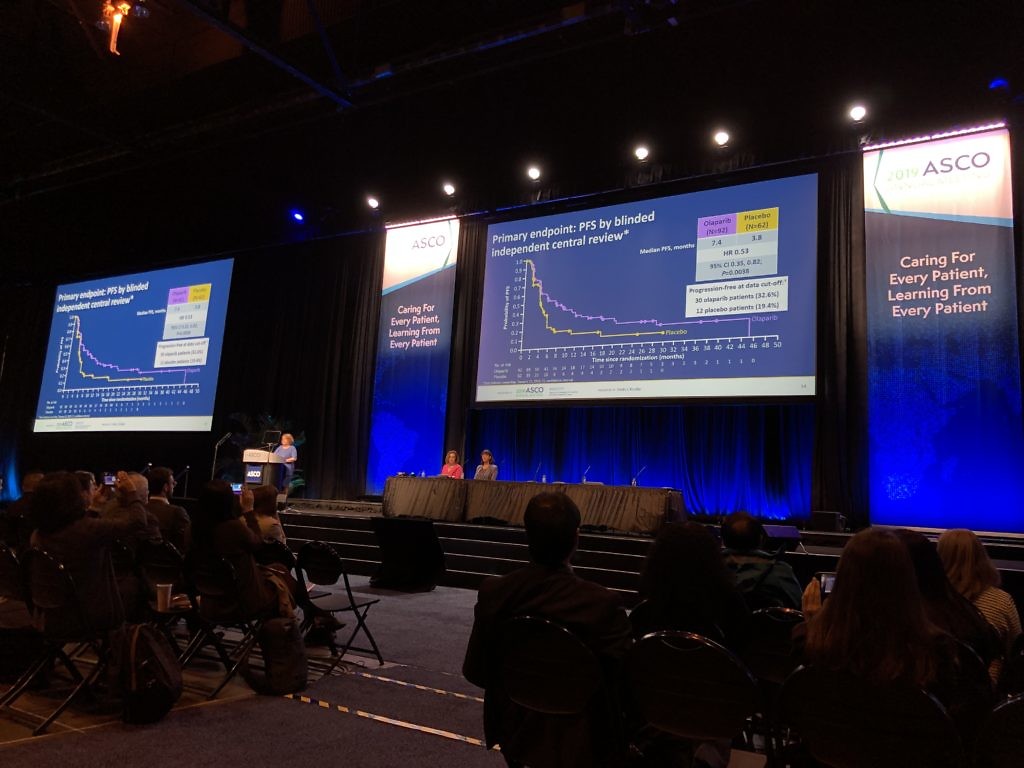Recently, PARP inhibitors have been back in the news for several reasons, including the publication of the olaparib (AstraZenca/Merck) advanced mCRPC data in the New England Journal of Medicine from the phase 3 PROfound trial and the announcement regarding achievement of the key secondary endpoint of overall survival. As Dr José Baselga quite rightly noted, this is very good news indeed because:
“Overall survival in metastatic castration-resistant prostate cancer has remained extremely challenging to achieve.”
We’ve rather more trial misses in this disease setting than successes from various therapies over the last few years including ipilimumab, PROSTVAC, alisertib, and atezolizumab, to name a few off the top of my head.
Related to mCRPC, let’s also not forget the upcoming PDUFA date later this month for Clovis’s rucaparib in the very same indication.
Not to be outdone on the PARP front, just a few days GSK received FDA approval for niraparib as first-line monotherapy maintenance therapy for women with platinum-responsive advanced ovarian cancer – regardless of biomarker status – based on the phase 3 PRIMA study presented at ESMO last year and simultaneously published in the NEJM. Recall that the majority of women (51%) had homologous-recombination deficiency (HRD) and this subset saw the greatest benefit.

Flying high in the DDR space?
We have now seen clinical benefit in the PARP inhibitors in four tumour types driven by DNA damage repair (DDR) deficiencies, namely ovarian, breast, pancreatic, and prostate cancers.
How do we go about extending the concept of DDR in terms of the biology of other tumour types?
A number of related pathway targets have been investigated, including ATM/ATR, Chk1, Wee–1 and others, with mixed success.
It’s not the nature of oncology R&D to stand still, however; what if we could turn things on their head and think creatively about the problems still to be addressed?
One particular new company to the PARP space is doing just that… so what are they doing and what’s different about their approach?
To learn more from our oncology analysis and get a heads up on new insights and commentary subscribers can log-in or you can click to gain access to BSB Premium Content.
This content is restricted to subscribers









